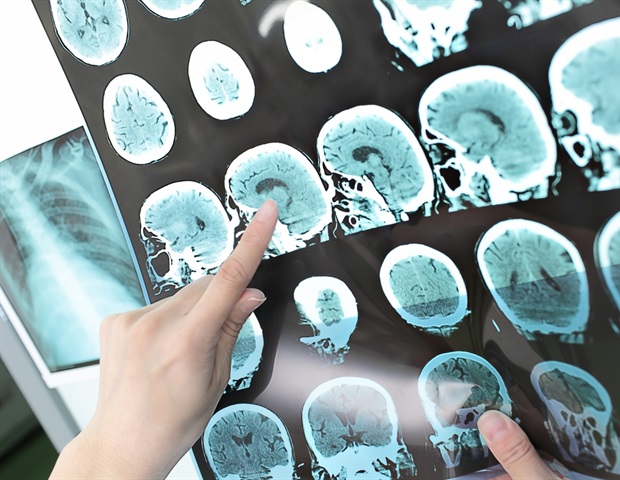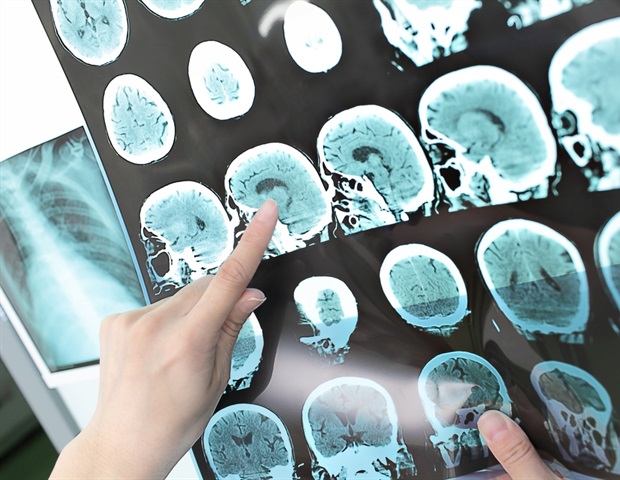
Minutes matter when a patient may have had a stroke, but being far from a physician with advanced training in neurology no longer needs to be a barrier to rapid diagnosis and intervention.
Telestroke programs are designed to improve access to the limited number of specialists, regardless of the geographic isolation of patients who may have experienced a stroke. Telestroke, or stroke telemedicine, is a form of telehealth in which physicians with advanced training in stroke care use technology to provide immediate consultation to a local healthcare professional to recommend diagnostic imaging and treatment for patients with stroke at an originating site. Patients who present within 4.5 hours of when they were last known to be well may be eligible for thrombolytic drug therapy or endovascular intervention, often measured as door-to-needle time.
After launching a telestroke consultation program, Essentia Health, an integrated health system serving patients in Minnesota, Wisconsin and North Dakota, increased the percentage of patients receiving thrombolytics in less than 60 minutes and decreased the average door-to-needle time.
“Use of Telestroke to Improve Access to Care for Rural Patients With Stroke Symptoms” describes how Essentia Health’s program ensures that patients are evaluated rapidly to expedite decisions about their course of treatment. The article is published in the October issue of Critical Care Nurse (CCN).
Essentia Health initiated the telestroke program in fall 2019, with coverage provided by a team of four interventional neurologists, three of whom work in the system’s Comprehensive Stroke Center in Fargo, North Dakota. In addition to this center, telestroke services are provided to five other acute stroke-ready hospitals throughout rural areas in the upper Midwest.
Through the telestroke program, neurology consultations are available to all of the sites 24 hours a day, every day of the year, and can be used for both inpatient and emergency department stroke activations at each of the facilities.
The team developed a tiered stroke alert algorithm and telestroke workflow chart to help healthcare professionals at rural sites determine eligibility for telestroke consultation to decide the treatment plan.
The algorithm categorized strokes as level I to III according to the symptoms and time when the patient was last known to be well. Telestroke consults were most often used for patients with level I stroke alerts since they were within the timeframe when they may be eligible for thrombolytic drug therapy or endovascular intervention.
Once staff members determine whether a telestroke consultation will be initiated, they refer to the step-by-step workflow chart, which specifies actions needed for each member of the multidisciplinary team.
Co-author Chelsey Kuznia, BSN, RN, SCRN, is the stroke program manager for Essentia Health’s Comprehensive Stroke Center in Fargo, one of only two such facilities in North Dakota.
Regardless of the type of stroke, rapid diagnosis and intervention are critical for improving survival rates and reducing the long-term effects of stroke. People living in rural areas not only have increased stroke risk factors, but they also face challenges to getting the advanced care they need in a timely way, which leads to higher rates of disability and death.”
Chelsey Kuznia, BSN, RN, SCRN, stroke program manager for Essentia Health’s Comprehensive Stroke Center
In 2022, telestroke connections for 42 patients were completed, with a stroke diagnosis confirmed in 25 of them (61%). Fourteen of the patients with confirmed stroke received thrombolytic therapy while others were not eligible, either because of patient-related contraindications or because more than 4.5 hours had elapsed since their last-known well time.
Of the 25 patients with confirmed stroke, 18 (72%) were discharged home, while three were discharged to skilled nursing facilities, one to an inpatient rehabilitation unit, one to hospice and two died.
The year prior to implementation of the telestroke program, 11 of 15 eligible patients (73%) received thrombolytic therapy in less than 60 minutes, with a mean door-to-needle time of 61 minutes. During the year after implementation, the results improved: 11 of 12 eligible patients (92%) received thrombolytic therapy in less than 60 minutes, and the mean door-to-needle time decreased to 38 minutes.
As the American Association of Critical-Care Nurses’ bimonthly clinical practice journal for acute and critical care nurses, CCN is a trusted source of information related to the bedside care of critically and acutely ill patients.
Source:
American Association of Critical-Care Nurses
Journal reference:
Hendrickx, L., et al. (2023). Use of Telestroke to Improve Access to Care for Rural Patients With Stroke Symptoms. Critical Care Nurse. doi.org/10.4037/ccn2023505.







